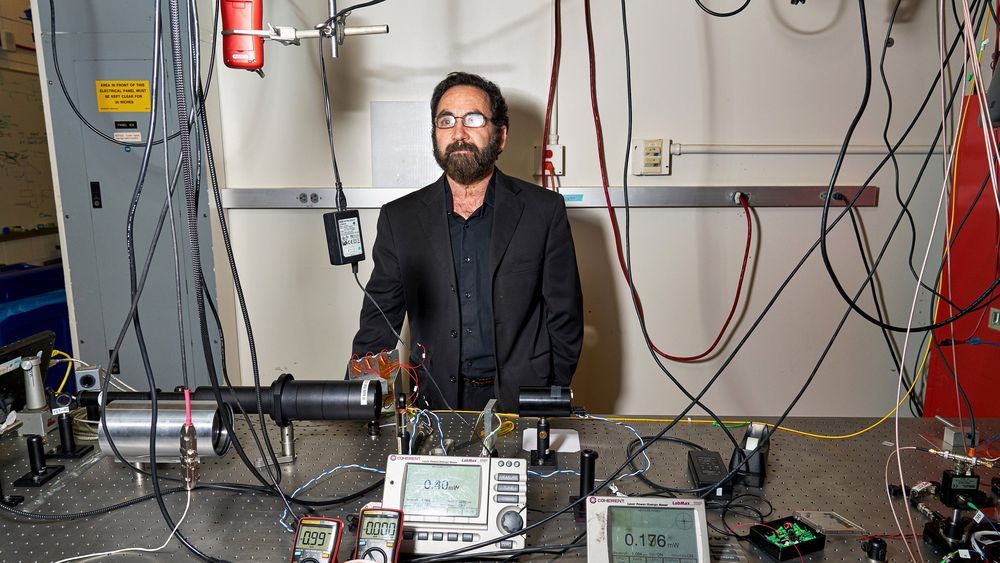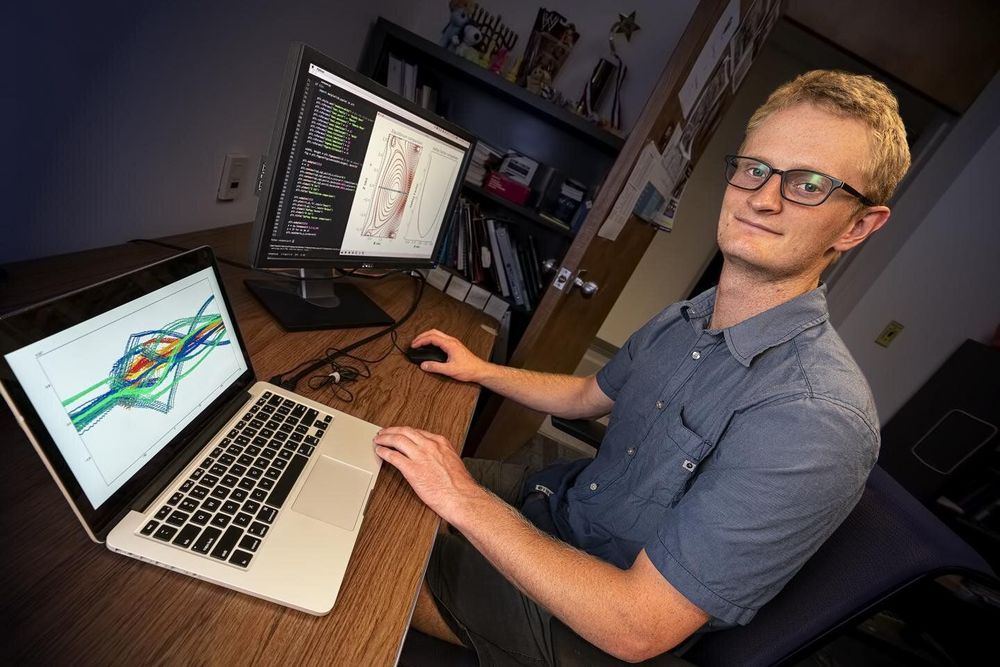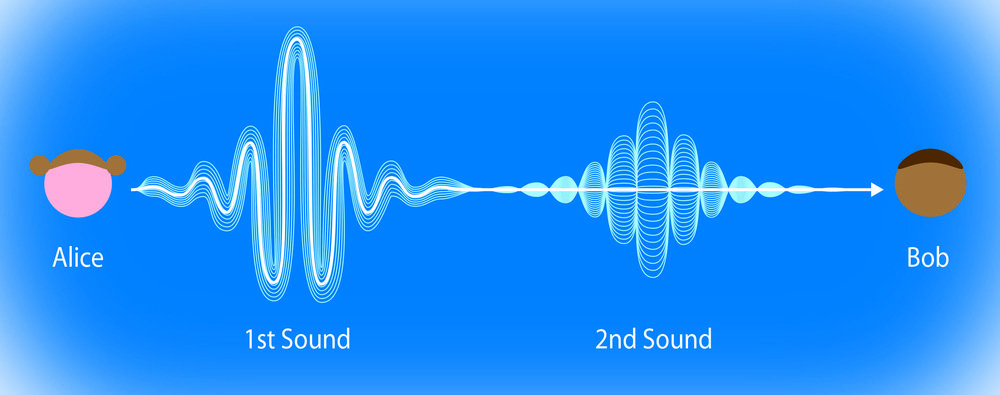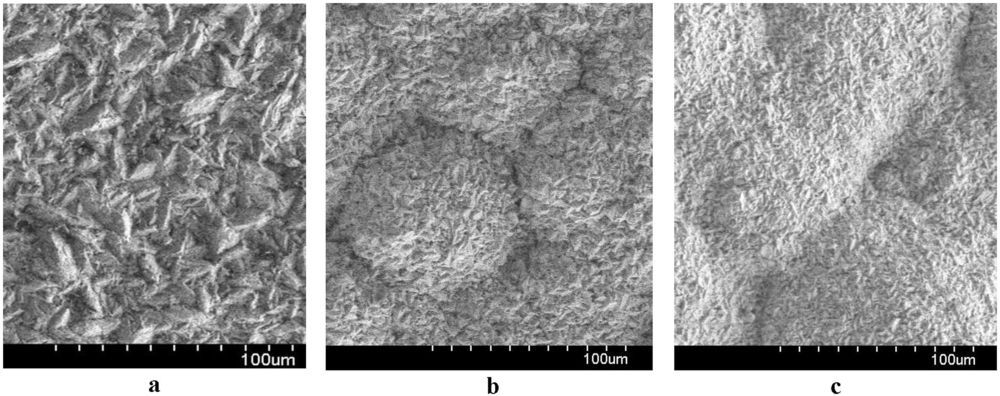Starshot wants to build the world’s most powerful laser and aim it at the closest star. What could go wrong?



Scientists seeking to bring to Earth the fusion that powers the sun and stars must control the hot, charged plasma—the state of matter composed of free-floating electrons and atomic nuclei, or ions—that fuels fusion reactions. For scientists who confine the plasma in magnetic fields, a key task calls for mapping the shape of the fields, a process known as measuring the equilibrium, or stability, of the plasma. At the U.S. Department of Energy’s (DOE) Princeton Plasma Physics Laboratory (PPPL), researchers have proposed a new measurement technique to avoid problems expected when mapping the fields on large and powerful future tokamaks, or magnetic fusion devices, that house the reactions.
Neutron bombardments
Such tokamaks, including ITER, the large international experiment under construction in France, will produce neutron bombardments that could damage the interior diagnostics now used to map the fields in current facilities. PPPL is therefore proposing use of an alternative diagnostic system that could operate in high-neutron environments.

There are two sound velocities in a Bose-Einstein condensate. In addition to the normal sound propagation there is second sound, which is a quantum phenomenon. Scientists in Ludwig Mathey’s group from the University of Hamburg have put forth a new theory for this phenomenon.
When you jump into a lake and hold your head under water, everything sounds different. Apart from the different physiological response of our ears in air and water, this derives from the different sound propagation in water compared to air. Sound travels faster in water, checking in at 1493 m/s, on a comfortable summer day of 25°C. Other liquids have their own sound velocity, like alcohol with 1144 m/s, and helium, if you go to a chilling −269°C for its liquefied state, with 180 m/s.
These liquids are referred to as classical liquids, examples for one of the primary states of matter. But if we cool down that helium a few degrees more, something dramatic happens, it turns into a quantum liquid. This macroscopic display of quantum mechanics is a superfluid, a liquid that flows without friction.


The environment contains electromagnetic radiation and magnetic fields of natural and artificial origin. Even a short electromagnetic pulse is enough to knock any equipment out of operation. Candidate of Sciences (Physics and Mathematics) Aleksey Trukhanov, senior research fellow at the SUSU Nanotechnologies Research and Education Center, is studying electrolytic films to develop electromagnetic and magnetic shields capable of neutralizing this radiation.
“The issue of electromagnetic compatibility of devices is very topical today. One of the most popular methods of equipment protection used around the world is shielding—creating electromagnetic and magnetic shields. But every developer has his own design approaches and secrets, which he naturally wouldn’t share. Suffice it to say that the cost of products with and without protective shielding may differ tenfold and more,” says Trukhanov.
Normally, heavy elements are used as the material for shielding, as they efficiently absorb high-energy radiation. Bismuth is a heavy metal with high density and high number of shell electrons. This makes it analogous to such widely used materials as lead. However, in the ratio of the protection efficiency to mass-size parameters (as well as with consideration to the ecological aspect) bismuth is the best option.


The concept of super-asymmetry is related to super-symmetry string theory.
In particle physics, “supersymmetry” is a proposed type of space-time symmetry that relates two basic classes of elementary particles: bosons, which have an integer-valued spin, and fermions, which have a half-integer spin. Each particle from one group is associated with a particle from the other, known as its super-partner, the spin of which differs by a half-integer.
While most of the science discussed in the show has it’s basis with real-world science, the concept of super-asymmetry is fairly unique to the world of “The Big Bang Theory”. Amy and Sheldon are working on a new theory or concept for string theory and appear to be on the road to a Nobel Prize.

It appears that the physics of information holds the key to the solution of the Fermi Paradox — indications are that we most likely live in a “Syntellect Chrysalis” (or our “second womb”) instead of a “cosmic jungle.”
Within the next few decades, we’ll transcend our biology by leaving today’s organic Chrysalis behind, by leaving our second womb, by leaving our cradle, if speaking in tropes.
This particular version of “human universe” is what we “see” from within our dimensional cocoon, it’s a construct of our minds but by no means represents objective reality “out there” including our most advanced models such as M-theory that are only approximations at best.
Circa 2018
The symmetries that govern the world of elementary particles at the most elementary level could be radically different from what has so far been thought. This surprising conclusion emerges from new work published by theoreticians from Warsaw and Potsdam. The scheme they posit unifies all the forces of nature in a way that is consistent with existing observations and anticipates the existence of new particles with unusual properties, which may even be present in our close environs.
For half a century, physicists have been trying to construct a theory that brings together all four fundamental forces of nature, describes the known elementary particles and predicts the existence of new ones. So far these attempts have not found experimental confirmation and the Standard Model — an old and surely incomplete, but still surprisingly effective theoretical construct — has successfully remained in use for years as our best description of the quantum world. In a recent paper in Physical Review Letters, Prof. Krzysztof Meissner from the Institute of Theoretical Physics, Faculty of Physics, University of Warsaw, and Prof. Hermann Nicolai from the Max-Planck-Institut für Gravitationsphysik in Potsdam have presented a new scheme generalizing the Standard Model that incorporates gravitation into the description. The shortcomings of previous attempts were overcome through the application of a kind of symmetry not previously used in the description of elementary particles.
In physics, symmetries are understood somewhat differently than in the colloquial sense of the word. For instance, note that whether we drop a ball from the same spot now or one minute from now, it will still fall in the same way. That is a manifestation of a certain symmetry: the laws of physics remain unchanged with respect to shifts in time. Similarly, we can drop the ball while standing and facing once in a southward direction, once westward, or we can drop it from the same height in one location, then another. The ball will still fall in the same way in both cases, which means that the laws of physics are symmetrical also with respect to the operations of rotation and spatial displacement, respectively.

They are found in many freshwater lakes.
A potentially deadly brain-eating amoeba has been detected in a Louisiana neighborhood’s drinking water — the third time the terrifying discovery has been made in the same parish since 2015, reports said.
Naegleria fowleri, which causes fatal brain swelling and tissue destruction, was found over the weekend in Terrebonne Parish, deep in the Louisiana bayou about an hour south of New Orleans, WWL-TV reported.